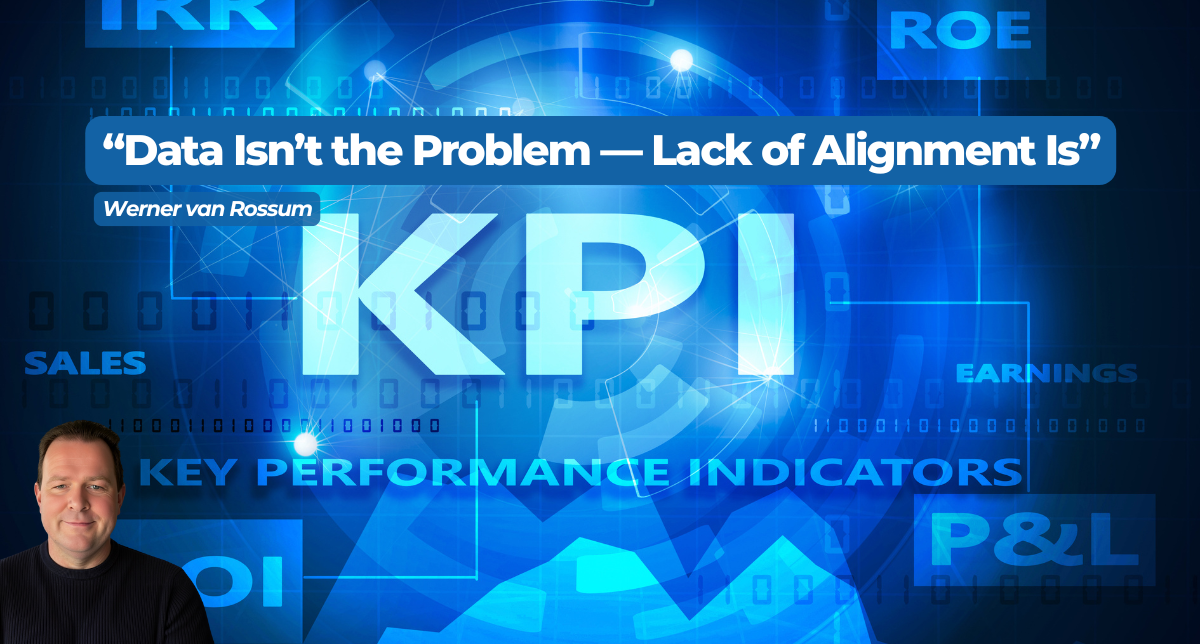Jun12

In high-performing organisations, the connection between long-term strategy and day-to-day operations is not left to chance. Instead, it is intentionally structured through formal processes and tools that ensure consistency, accountability, and measurable results. The Palladium Execution Premium Process (XPP) offers a robust framework that achieves this through five essential linkage points. These serve as critical junctions between strategy formulation and execution, ensuring that strategic intent translates into operational action and sustainable outcomes.
Below is a comprehensive exploration of each linkage point and its role in aligning strategic and operational management:
Strategic initiatives are transformative efforts designed to close performance gaps and deliver on the organisation’s top priorities. These initiatives typically demand substantial resource commitments, operational changes, or system overhauls, necessitating a deliberate approach to funding and oversight.
Why it matters: A strategic plan without dedicated funding is aspirational at best. Funding, commonly referred to as Strategic Expenditure (StratEx), provides the operational fuel to propel strategic initiatives forward. But without rigorous tracking mechanisms, even well-funded initiatives risk becoming unaccountable or misaligned with broader objectives.
In practice, XPP emphasises the use of initiative portfolio management to evaluate and prioritise projects based on strategic fit, expected return on investment (ROI), feasibility, and risk exposure. Once approved, initiatives are assigned sponsors and tracked through performance dashboards, capturing budget adherence, milestone achievement, and outcome realisation. This transparency empowers senior leaders to make timely decisions on scaling, realigning, or terminating projects.
For organizations seeking expert support in implementing such portfolio governance, platforms like Visualise Solutions offer tailored consulting services in strategy execution.
Strategic initiatives should not be isolated from core operations—they must deliver tangible value across both operational and financial dimensions. Embedding initiative outcomes into routine workflows is critical to sustaining performance gains.
Why it matters: Strategic efforts represent significant investments. Demonstrating their impact on productivity, cost efficiency, quality improvement, or customer satisfaction validates their business case. More importantly, this impact must be traceable through financial statements—reflected in improved margins, revenue growth, or asset utilisation.
In practice: Upon successful implementation, initiatives should transition into Business-as-Usual (BAU) activities. For instance, a digitisation project that enhances customer onboarding might start as a standalone initiative but should ultimately be integrated into operational protocols, staffed by existing teams, and monitored via regular KPIs. This absorption into everyday processes is what turns episodic success into sustained advantage.
Strategic targets define what an organisation aims to achieve over the long term. These goals must guide capital allocation, operational investment, and revenue forecasting. Failing to connect strategy and finance creates a disjointed management system prone to internal conflicts and inefficiencies.
Why it matters: When strategic targets are not embedded in financial planning, departments may pursue competing goals, budgets may be misallocated, and performance evaluation becomes fragmented. Linking targets to long-term economic plans ensures that strategy is funded realistically and executed cohesively across the organisation.
In practice, organisations should cascade strategic goals into multi-year financial plans, aligning them with revenue trajectories, investment programs, and operational expenditure. For example, if a company’s strategy includes doubling its e-commerce footprint, this should be reflected in IT infrastructure investments, customer acquisition costs, and fulfilment capacity over a 3–5 year horizon.
Integrating strategic planning with financial modelling fosters agility by enabling scenario planning and trade-off analysis, particularly under volatile market conditions.
At the heart of effective strategy management is an understanding of what drives performance. Driver models enable organisations to map inputs and processes to outcomes, providing a logical framework for prioritising actions and resources.
Why it matters: Without a clear understanding of cause-and-effect relationships, performance improvement becomes speculative. Driver models make strategy actionable by identifying which operational levers most directly influence desired outcomes, such as customer retention, innovation speed, or compliance adherence.
In practice, Tools like strategy maps, logic models, and Balanced Scorecards (BSC) are central to the Palladium XPP. They illustrate how intangible assets—such as employee skills or information systems—translate into customer value and financial results. For example, a strategy to boost customer loyalty might be linked to improvements in response time, personalisation, and staff empowerment.
Driver models ensure that performance metrics are not merely tracked but understood in context, supporting data-informed decisions across all levels of the organisation.
Strategy execution is inherently dynamic. Market conditions, internal capabilities, and stakeholder expectations evolve, necessitating a management rhythm that facilitates continuous learning and adaptation. The fifth linkage point institutionalises this process.
Why it matters: A common failure point in strategy execution is the absence of regular, structured reviews. When organisations rely on annual retrospectives or ad-hoc meetings, they lose the opportunity to detect early warning signals, test assumptions, and reallocate resources in time to mitigate risks or seize emerging opportunities.
In practice, XPP separates operational reviews (typically conducted monthly) from strategic reviews (conducted quarterly). Strategic reviews focus on assessing progress against objectives, initiative performance, and closing the value gap. Leaders use tools like Red-Amber-Green (RAG) indicators to monitor execution and initiate corrective actions. These sessions culminate in decision-oriented action planning, not just performance reporting.
Crucially, these reviews reinforce accountability, promote transparency, and embed a culture of execution throughout the organisation.
The five linkage points in the Palladium Execution Premium Process form a powerful bridge between strategy and operations. They ensure that strategic goals are not just well-articulated but are resourced, measured, and embedded into the operational DNA of the organisation.
By funding and tracking initiatives, assessing their operational and financial impact, aligning strategic objectives with long-term financial plans, using driver models to connect activities to outcomes, and institutionalising regular reviews, organisations can elevate strategy from a static document to a dynamic management system.
Ultimately, the XPP framework reflects a central truth: strategy is not a one-off planning event, but a continuous, adaptive discipline. Organisations that internalise this principle—and reinforce it through structured linkage points—are best positioned to navigate complexity, deliver sustained value, and thrive in an ever-evolving landscape.
For practical guidance and tools to operationalize this framework in your organization, visit Visualise Solutions, a specialist in strategy execution and performance management.
By Andrew Constable MBA, XPP, BSMP
Keywords: Business Strategy
 The Agentic Superiority of Gemini 3 Pro: Scale, Multimodality, and Ecosystem Integration
The Agentic Superiority of Gemini 3 Pro: Scale, Multimodality, and Ecosystem Integration Data Isn’t the Problem. Alignment Is.
Data Isn’t the Problem. Alignment Is. Friday’s Change Reflection Quote - Leadership of Change - Change Leaders Challenge Prevailing Assumptions
Friday’s Change Reflection Quote - Leadership of Change - Change Leaders Challenge Prevailing Assumptions The Corix Partners Friday Reading List - December 12, 2025
The Corix Partners Friday Reading List - December 12, 2025 Measuring the True ROI of Automated Claims Processes: Beyond Speed and Cost
Measuring the True ROI of Automated Claims Processes: Beyond Speed and Cost